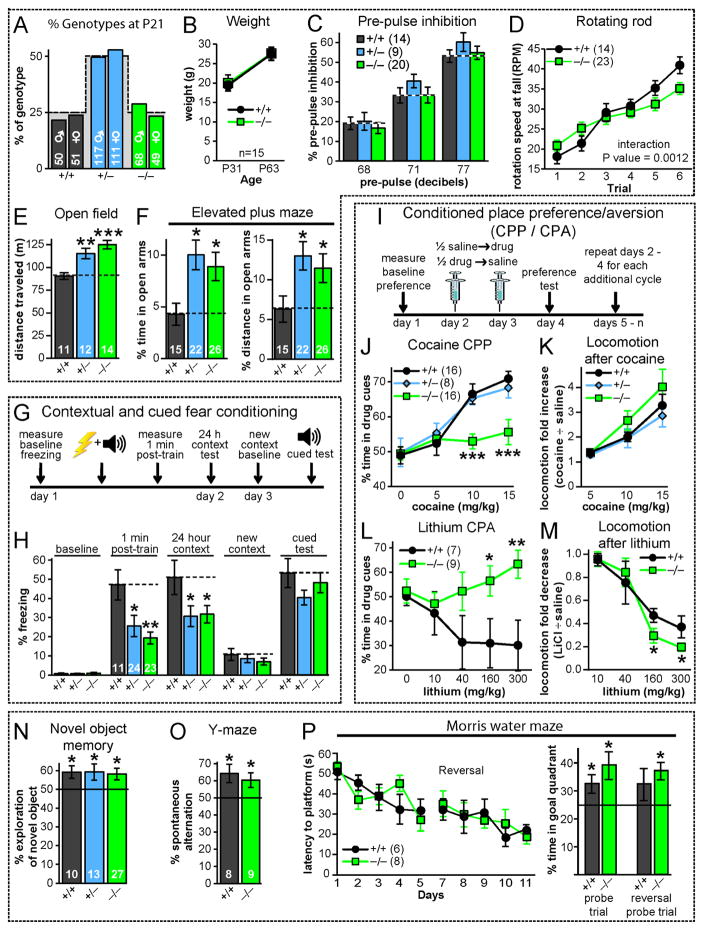Fig. 3. Constitutive C1ql3 KO mice exhibit discrete behavioral impairments.
(A) C1ql3 KO mice are recovered in the expected Mendelian ratio (dashed line) from offspring of heterozygous parents.
(B) Homozygous C1ql3 KO mice exhibit no decrease in weight at P31 and P63.
(C) C1ql3 KO mice display no phenotype in pre-pulse inhibition of the acoustic startle response (115 decibel startle) at the indicated pre-pulse decibel levels.
(D) C1ql3 KO mice exhibit a modest impairment in motor learning on the accelerating rotating rod (3 trials per day for 2 days).
(E) C1ql3 KO mice are hyperactive in a 20 min open field test.
(F) C1ql3 KO mice display increased time and distance traveled in the open arms of the elevated plus maze.
(G) Experimental design for measurements of contextual and cued fear memory.
(H) C1ql3 KO mice exhibit reduced contextual fear memory in the first minute and 24 h after training.
(I) Experimental design for conditioned place preference (CPP)/conditioned place aversion (CPA) experiments. Mice explored the chamber for 20 min per session.
(J) Homozygous C1ql3 KO mice display a complete loss of cocaine-induced CPP.
(K) C1ql3 KO mice exhibit no change in cocaine-induced increase in locomotor activity.
(L) C1ql3 KO mice display a complete loss of lithium-induced CPA (distinct cohort from CPP mice).
(M) C1ql3 KO mice exhibit no major change in lithium-induced decrease in locomotor activity.
(N) C1ql3 KO mice display no impairment in novel object recognition (% time exploring a novel object during the first 20 sec measured 24 hours after mice were habituated with 2 identical objects).
(O) C1ql3 KO mice exhibit no change in spontaneous alternating Y-maze performance (consecutive entry into each of the 3 arms in a Y-maze was scored for 5 min).
(P) C1ql3 KO mice exhibit no change in spatial learning in the Morris water maze test (left, latency to reach hidden platform during a 5-day training period and the reversal test with the platform moved to new quadrant; right, % time spent in the goal quadrant during probe trials on days 6 and 12 in which the platform was completely removed).
Data are means ± SEM; the number of mice analyzed is displayed in each graph. Statistical analyses were performed using repeated measures 2-way ANOVA with post-hoc Bonferroni’s test (panels D,H,J-M), 1-way ANOVA with post-hoc Bonferroni’s test (panels E,F), and univariate t-test against chance, indicated by black line (panels N-P). See also Fig. S3.

